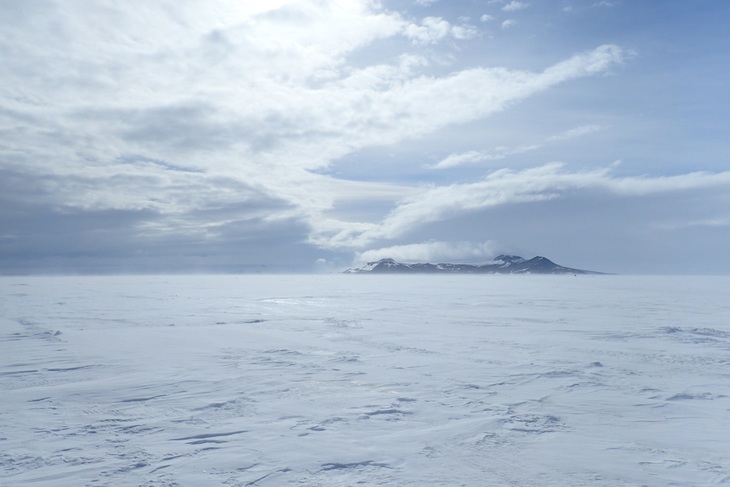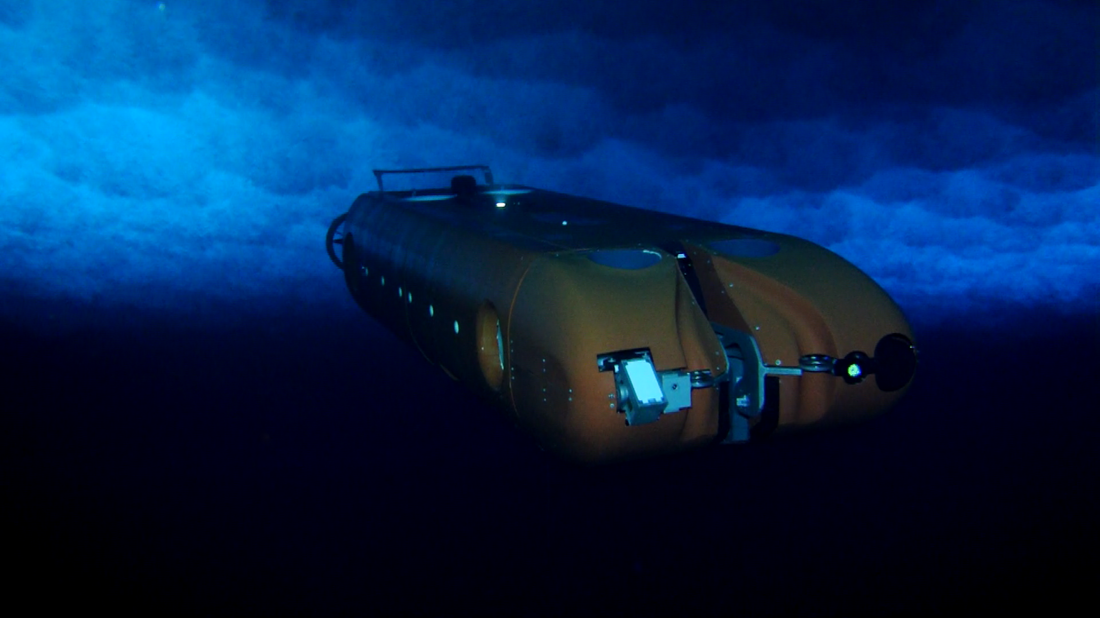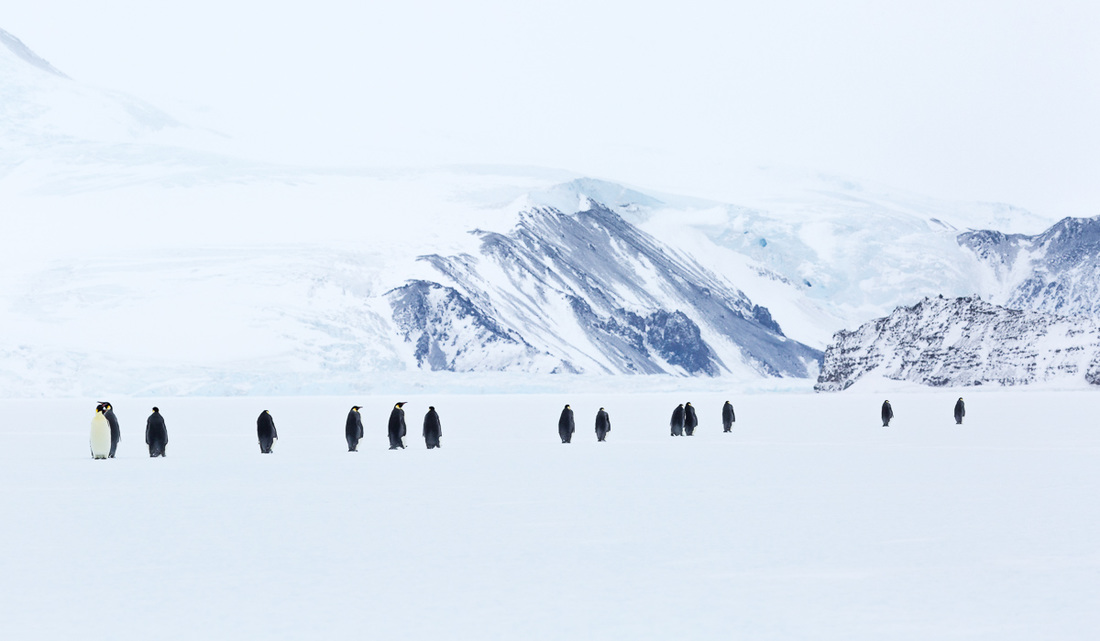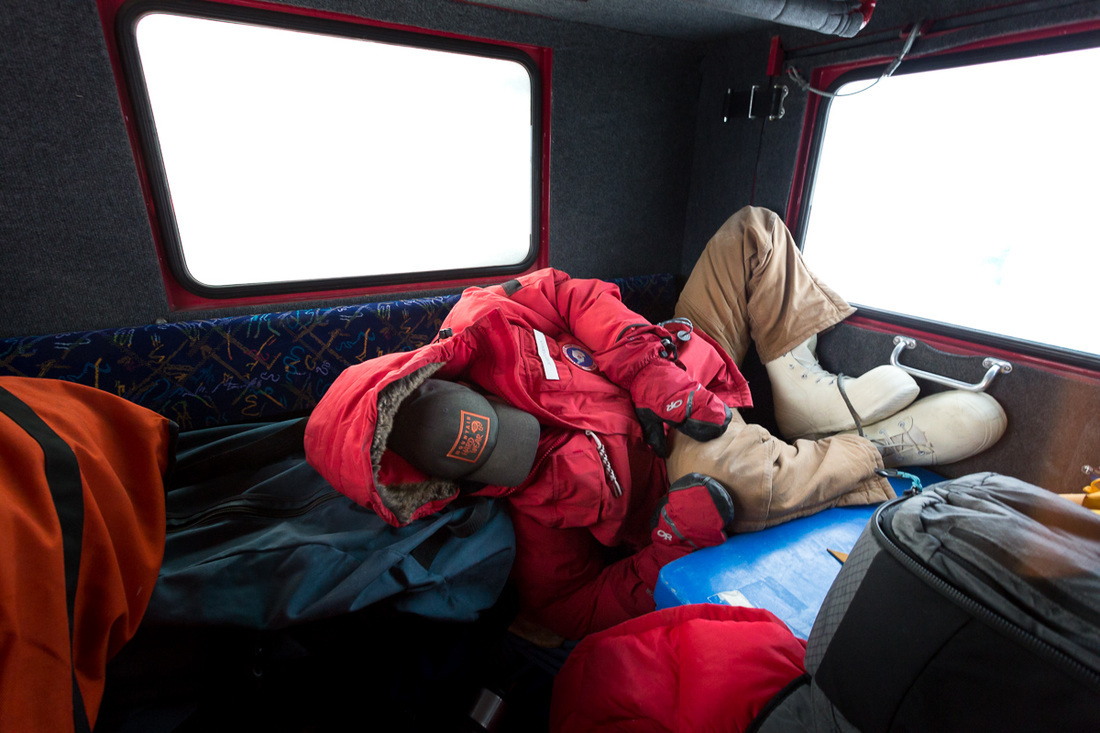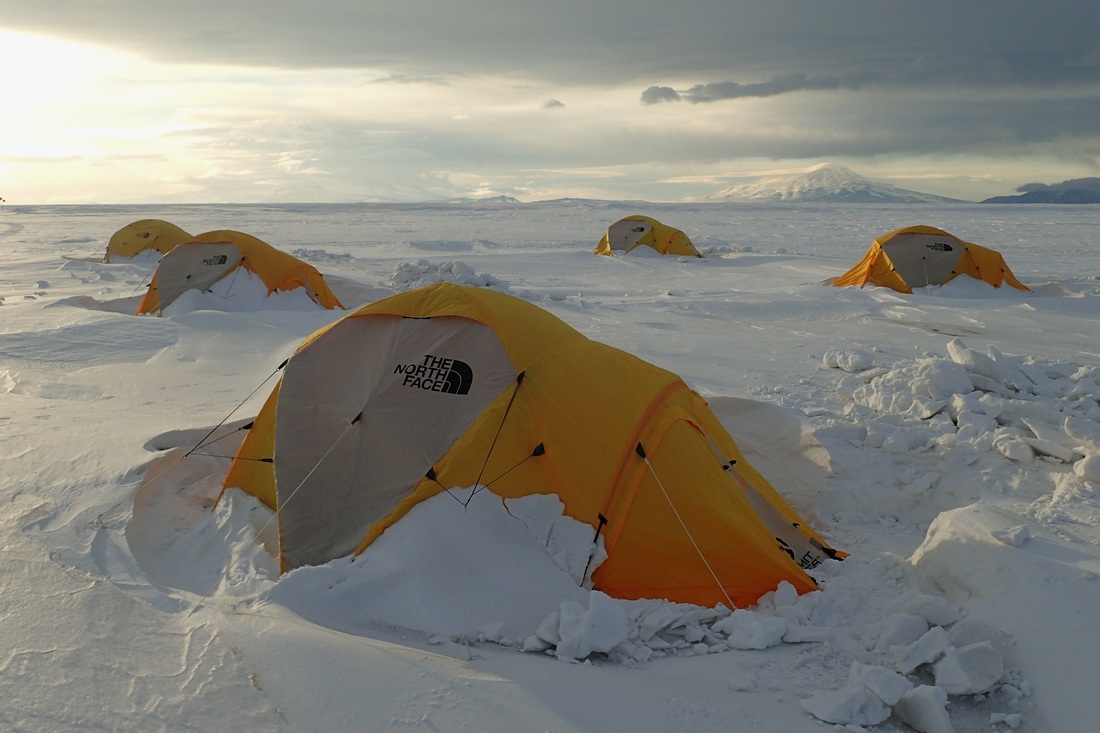The Field Team Shrinks
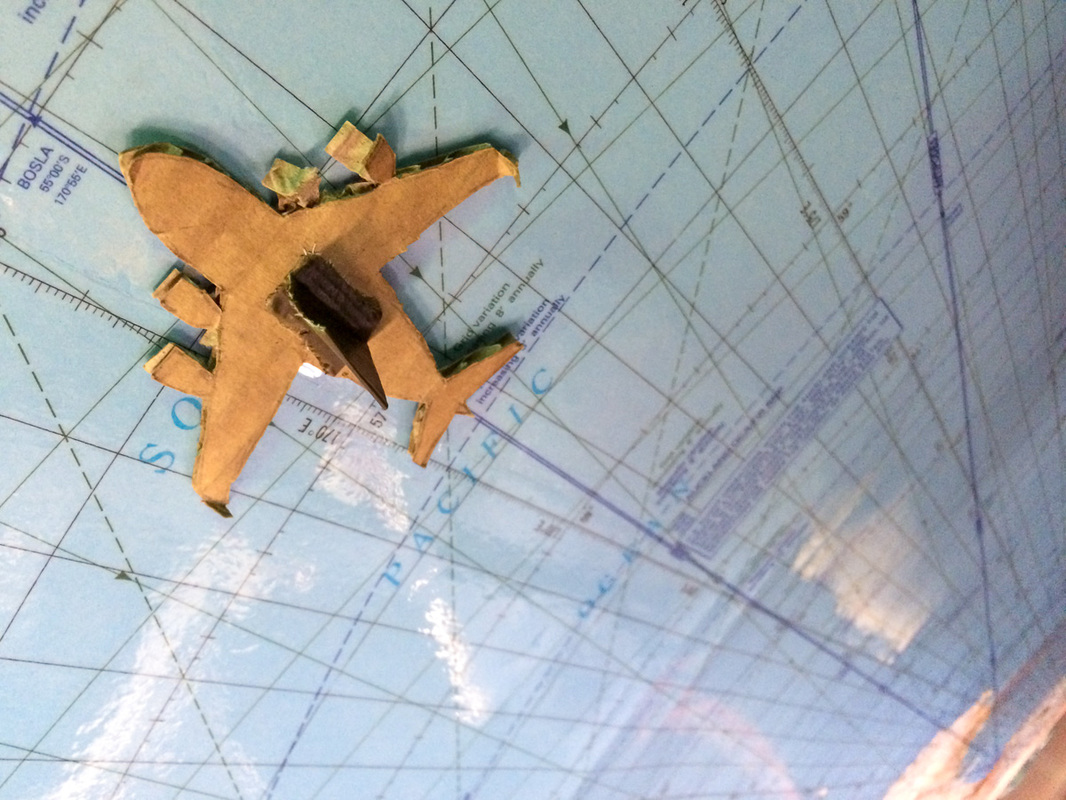
A cardboard cutout airplane marks our current position on a strip chart posted at the front of the C-17 and updated periodically by the flight crew. (photo: Peter Kimball)
Yesterday was an emotional day as Justin and I departed Antarctica, leaving the rest of the SIMPLE field team to finish out the season. We’re hitting full stride with ARTEMIS now, but there are several key challenges still standing between the team and the data we’d like to collect before the end of the season – a tough time to walk away.
From the States, I’ll be starting to write up our results for submission to the academic literature. I’ll also be catching up on a few blog posts I wasn’t able to make from the field and reading along whenever Evan and Kristof are able to post from the front lines.
We sat on the C-17 with our new glaciochemist friends from Michigan (check out their field work here). Generally, the homeward bound on board were exhausted, but satisfied and excited to see family. At cruising altitude, folks got up and wandered around the aircraft, peering out the windows and stretching out to nap in the mostly empty cargo area. At the beginning of the flight, we watched the sea ice give way to open ocean. Just before landing in New Zealand, we watched the sun set for the first time in weeks.
Reporting by Peter Kimball
